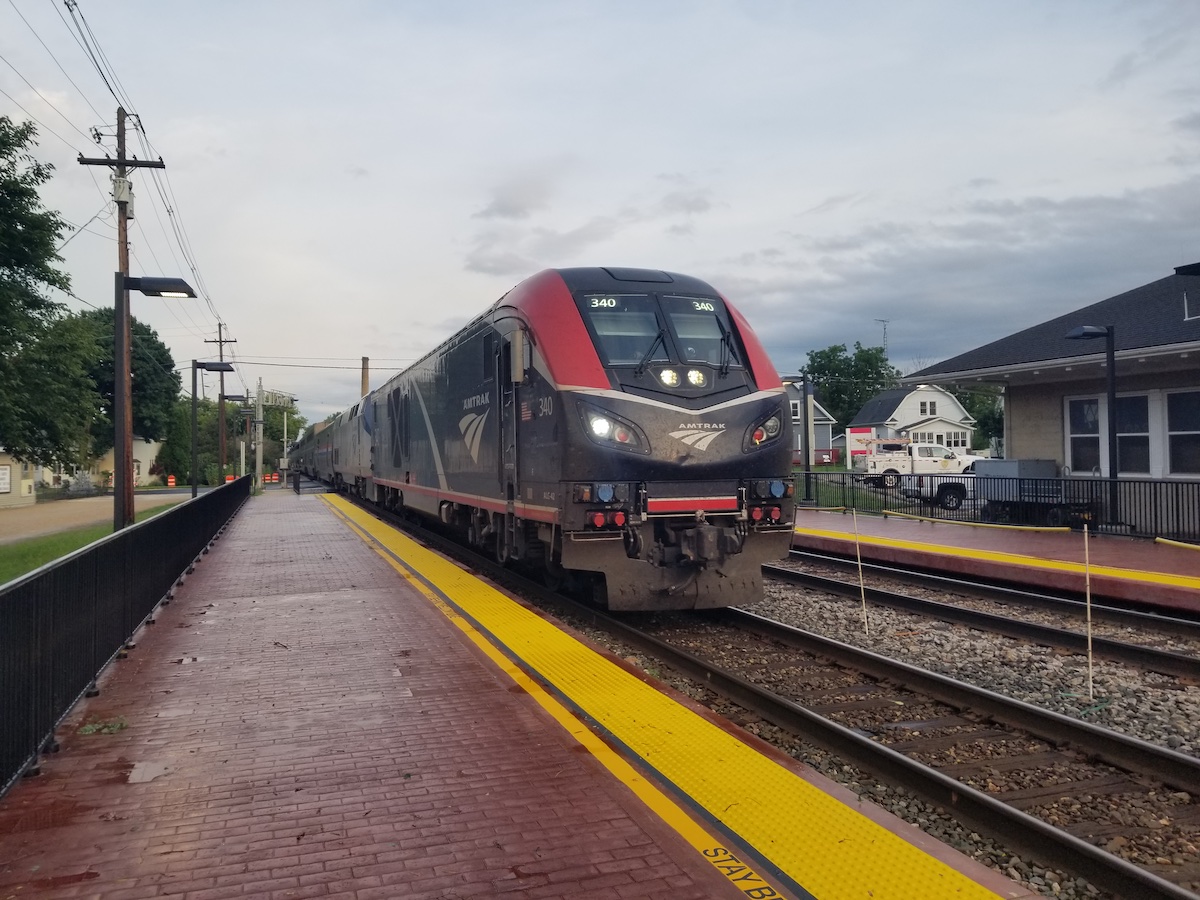
In August 2025, my wife and I planned a trip to the Pacific Northwest to visit family and friends. While we frequently travel by air and rental car, and have taken shorter train trips in the U.S. and Europe, we’ve never done a long-distance rail experience. So, we decided to take Amtrak’s Empire Builder from Columbus, Wis., the closest station to us, to Seattle, and then fly home.
Accommodation options
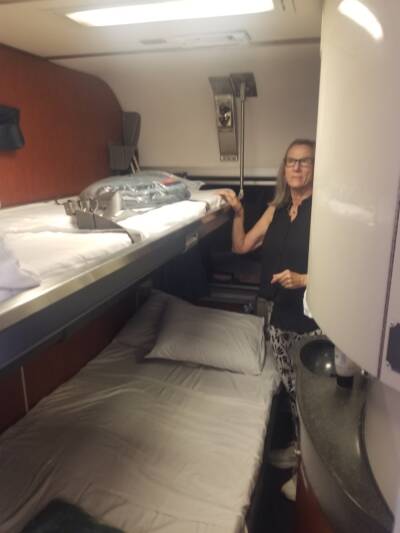
There are several options for accommodations and ways to get discounted fares, so I will provide rough estimates of cost ranges.
Reserving a reclining chair in coach is the cheapest option. Meals can be bought at the snack bar or as a dinner package. You can also bring your own food, but not into the sightseer lounge or dining cars. A single coach seat ranges from approximately $160 (with discounts) to $420 (without).
The next option is to reserve a roomette, featuring a couch that converts into a bed and an overhead bunk that folds down. Occupants share lavatory and shower facilities with other passengers. Dual occupancy costs roughly $900-$1,200, including three meals daily in the dining car.
We opted for a bedroom that had both the fold-out couch and fold-down bunk, but also a forward-facing window seat, a small sink, and an airline-sized combination lavatory/shower. The cost for the two of us, with the meal package, was roughly $2,000, including senior and Amtrak credit card discounts.
Now boarding
The train was scheduled to depart from Columbus at 5:55 p.m., on a Saturday and arrive in Seattle at noon the following Monday. A recent freight derailment east of town caused about an hour delay in our departure time. Throughout the trip, fellow travelers spoke of having to be a bit flexible with schedules when traveling on Amtrak.
The attendant at the station instructed us on which car to board. We stepped aboard with our two suitcases, backpacks, and a small cooler. Before we could go up the stairs as directed, the train started moving. After lugging our bags up the narrow staircase and down the hall to our room, we quickly realized there was no place to stow them where they wouldn’t be in the way. So we took them back downstairs to the luggage racks, where they remained for the duration of the trip, though we still had access to them as needed.
Our room was small, but clean and well-organized. We received safety and dinner instructions via a speaker in the room, and were then assigned a time for dinner while being asked to leave our door open so the attendant could come in and arrange the bedding.
Dinner in the diner
We made our way to the dining car at the appointed time, which was located two cars ahead of ours. Walking through and between each car was a bit of a jostling experience, but there were handrails to keep us steady.
Once in the diner, we were instructed to wait at the door until being directed to sit side-by-side at a table for four. The routine was similar for breakfast and lunch, but with no reserved times. When we went to breakfast, we again left our room door open so the attendant could stow the beds.
We enjoyed two breakfasts, two lunches and two dinners during the trip, and were seated with a different couple each meal. They were mostly retired like us: some traveling from the East Coast, while others are seasoned train travelers. All had interesting stories to share.
Mealtimes were one of the highlights of the trip. We were pleased and impressed with the selection and quality of the food served. The menu was the same throughout the trip, but the variety of choices was appropriate.
Dinner came with a choice of salad or shrimp appetizer. Entrees included flank steak cooked to order, salmon filet or chicken breast, each with a side of vegetables and potatoes or rice. A vegetarian pasta dish was also offered. Dessert was a choice of cheesecake, pound cake, or a brownie. Water, coffee, soft drinks, a glass of wine, and a beer were also included. Additional drinks could be purchased.
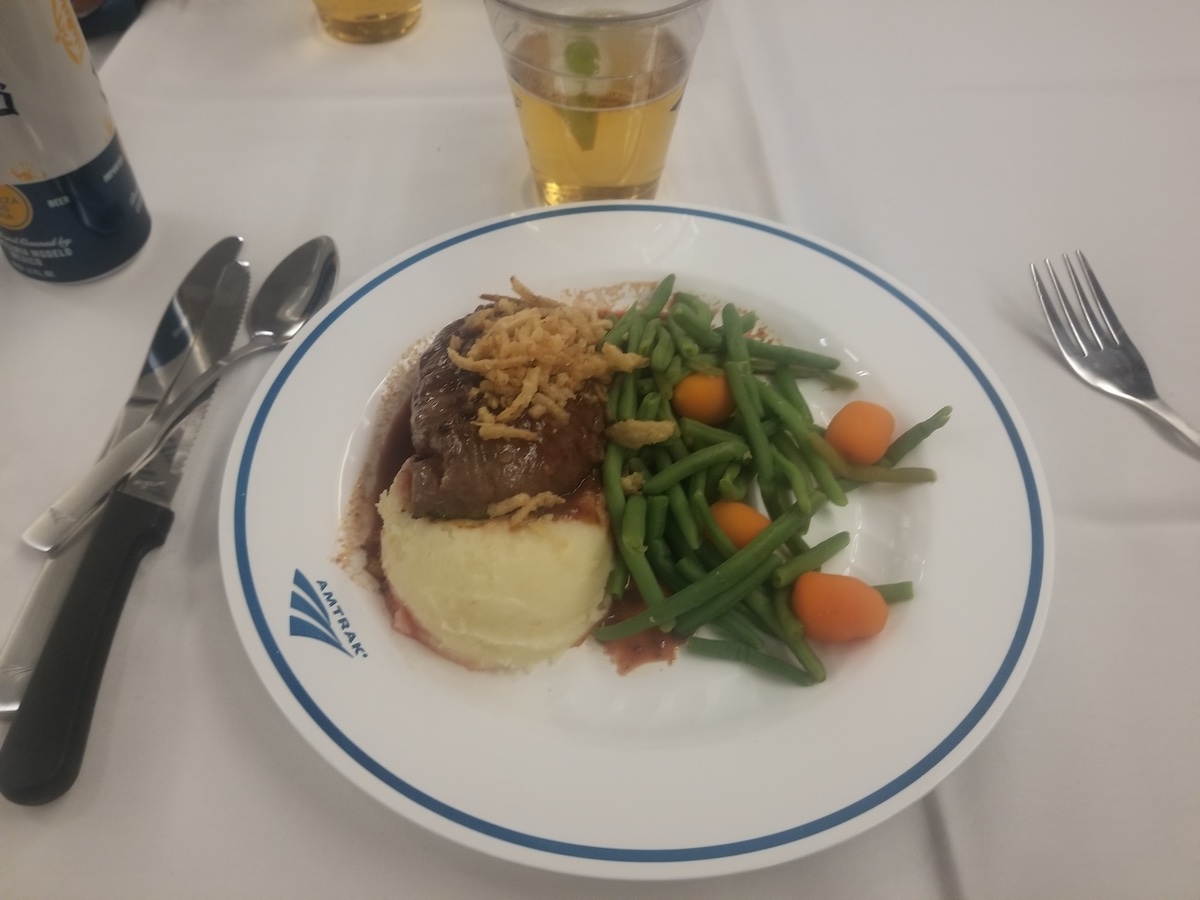
Breakfast consisted of a choice of omelet with an array of filling options, a quesadilla, oatmeal, yogurt, and fruit. Lunch featured a variety of hot and cold sandwiches with chips. A children’s menu included hot dogs and macaroni and cheese.
Fellow travelers coached us on tipping. We had the same maître d’ and waitress for the entire trip, and tipped them each $20 the second day. I also tipped the room attendant the same.
Riding the rails
Coach seating, bedrooms and roomettes, dining, and the sightseer lounge are mainly on the upper level of the Superliners. The snack bar is on the lower level of the lounge car, but we never ventured down there.
Sitting in both the lounge and dining cars was nice because you could see out the windows on both sides of the train. Our room was on the right side, so during the westbound trip, we were looking out our window towards the north.
The room was very comfortable during the day with the beds stowed. However, once the lower bed folded out and the upper bunk was lowered into place, it became difficult to maneuver into the lavatory. The gap between the edge of the lower bed and the tiny sink was about 4 inches. Compounding that was the ladder used to climb into the upper bunk. This is stowed on the bunk itself when folded up. The bunk is also equipped with a harness that clips to the edge and the ceiling to prevent the upper inhabitant from rolling off.
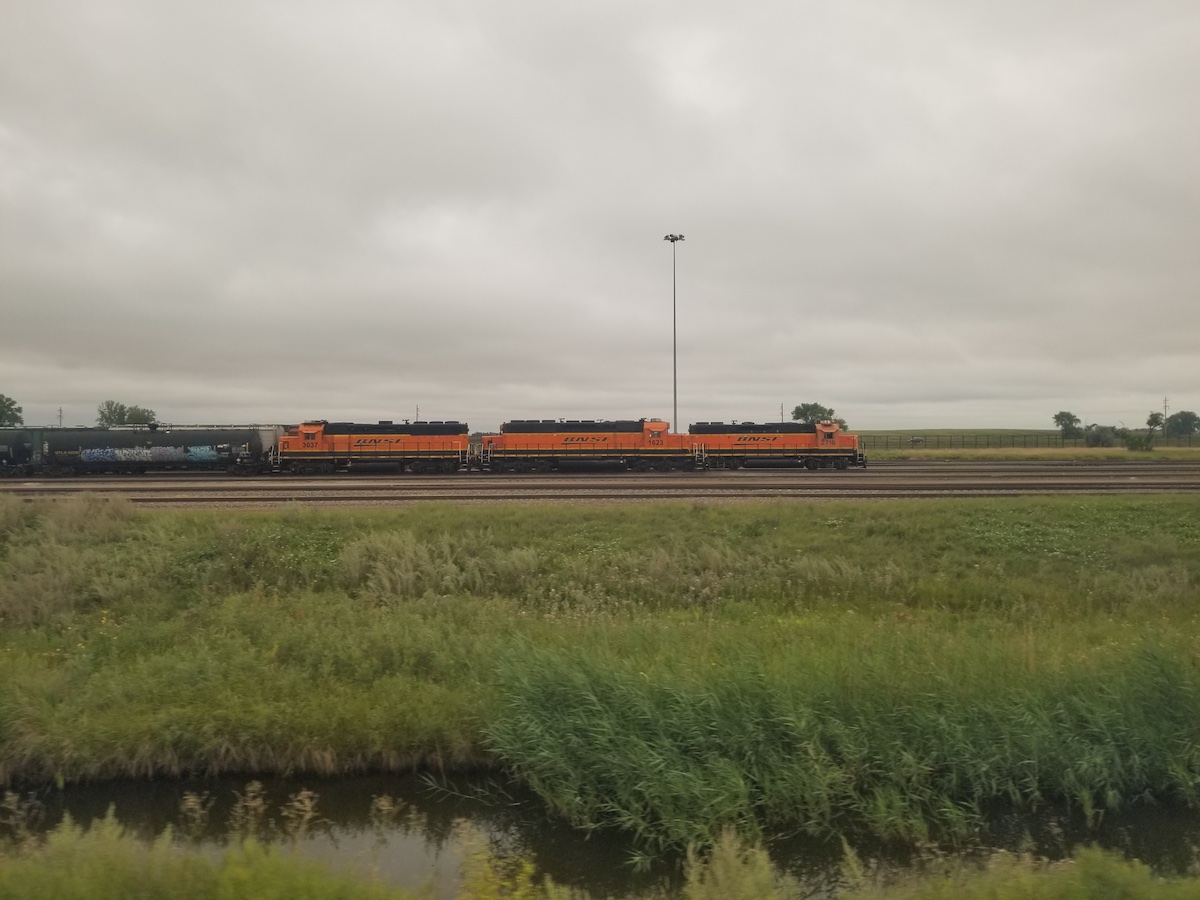
Throughout the trip, the train slowed and stopped fairly frequently. The Empire Builder makes 37 station stops between Columbus and Seattle. Some are quick while others are long enough to allow you to step outside for 10-15 minutes. These extended stops are for smoke breaks, which are not permitted on board.
The train will also stop to allow another to pass — usually a freight train from CPKC or BNSF Railway. We heard that passenger trains have priority over freight, but it was most often us allowing a freight train to proceed. Passenger trains can thankfully get back up to speed in a much shorter distance and time frame, and we were amazed at how quickly the Empire Builder accelerated.
The longest stop on the trip was in Spokane, Wash. We weren’t sure how long we were there as we were sleeping, but the reason for the extended stop was to split the train. One section, including the lounge car, went south to Portland, Ore., while our car with the diner continued on to Seattle.
The train’s route from Columbus started northwest to Minneapolis, then proceeded west through North Dakota, Montana, and the panhandle of Idaho, just south of the Canadian border. Once in Washington, we followed the Columbia River for a short time.
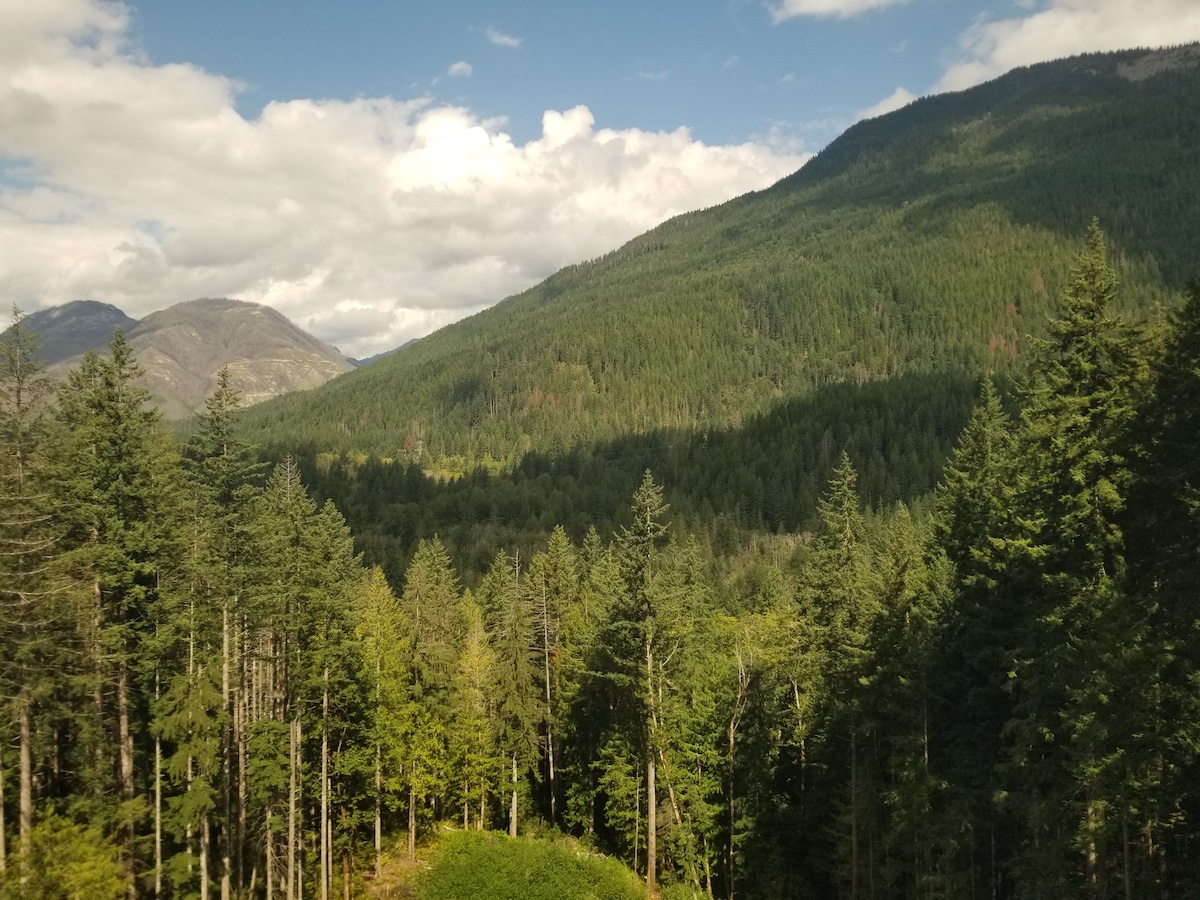
Scenery along the way varied from woods and hills in Minnesota, to mostly flat plains of wheat fields and scattered farms in North Dakota and Montana. Each farmstead seemed to have its own private collection of up to a dozen abandoned cars, pickup trucks, and farm implements. When not parallel to a road, the train cuts across country-yielding views you do not see when driving in a car. We also went through sections of towns that are usually slightly off the beaten path, so you see the backs of buildings, alleys, factories, and warehouses. There is not much to see during the night unless you happen to stop in or pass through a town.
Once in Idaho and Washington, we started seeing foothills, and then mountains. One of the most scenic portions of the trip is going through Glacier National Park, though we entered the park at nightfall and didn’t get to see much.
Most of the passengers were adults, though a few young families were with children. Everyone was pleasant and friendly. We were a bit apprehensive about the process of leaving the door to our room open during breakfast and dinner, and leaving our suitcases downstairs unattended. But it was not a problem.
Despite the one-hour delay to begin the journey, we arrived at Seattle’s King Street Station almost right on time. The Empire Builder limits its top speed to just under 80 mph due to less-than-optimal track conditions. The approximate 1,950-mile trip took about 41 hours for an average overall speed of just under 50 mph. Our first cross-country train trip was fun, relaxing, and interesting. We would do it again.






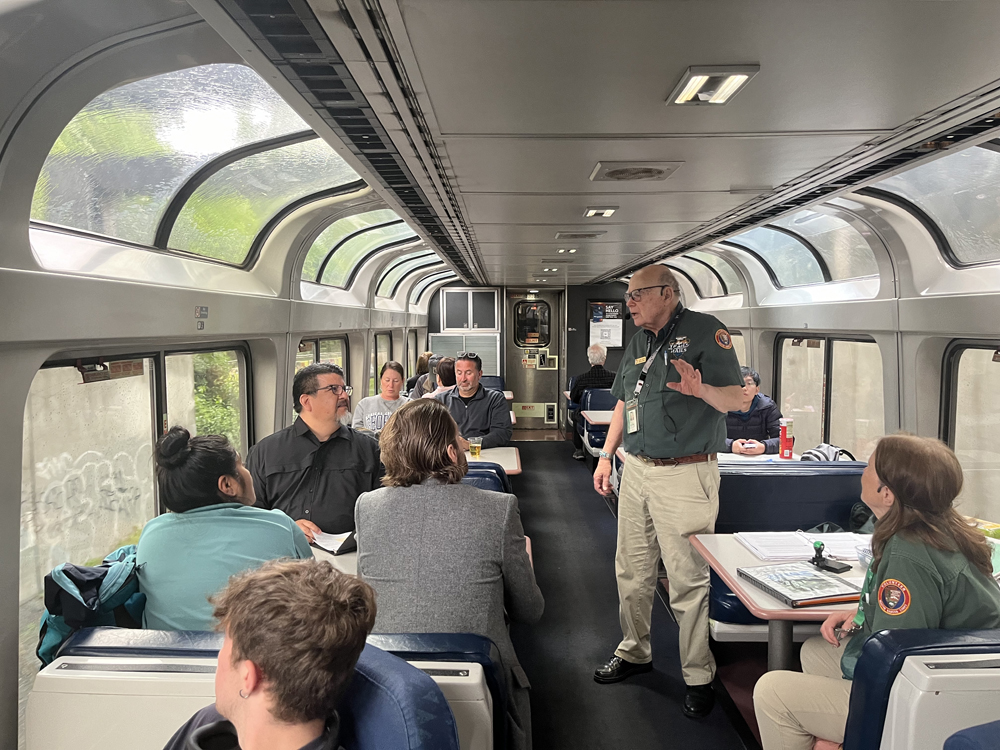
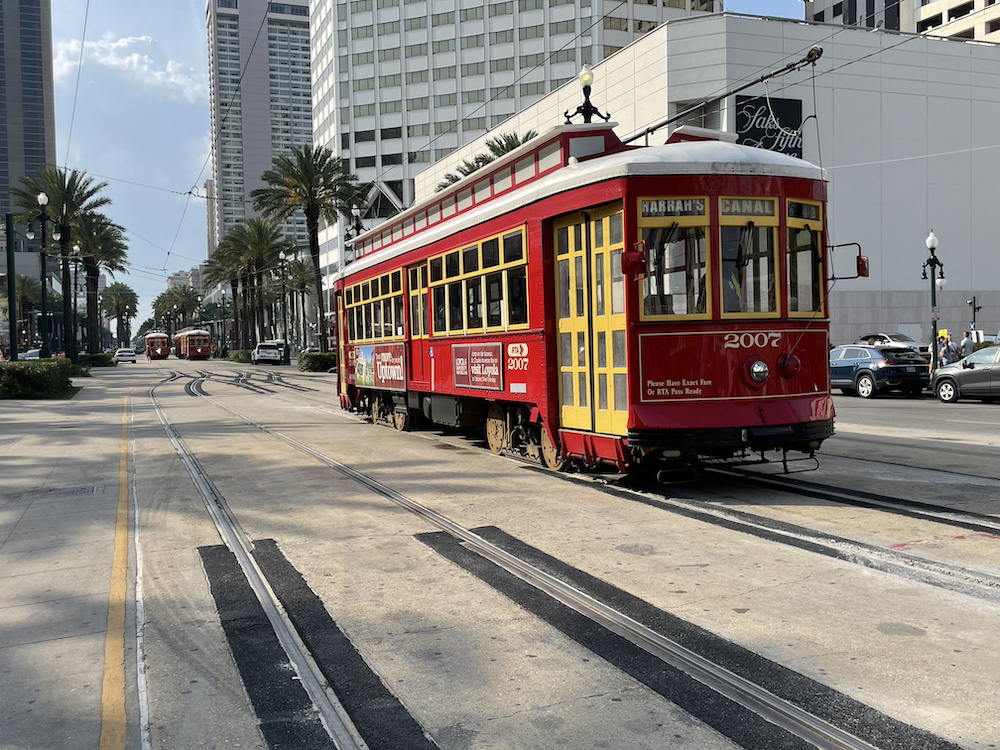

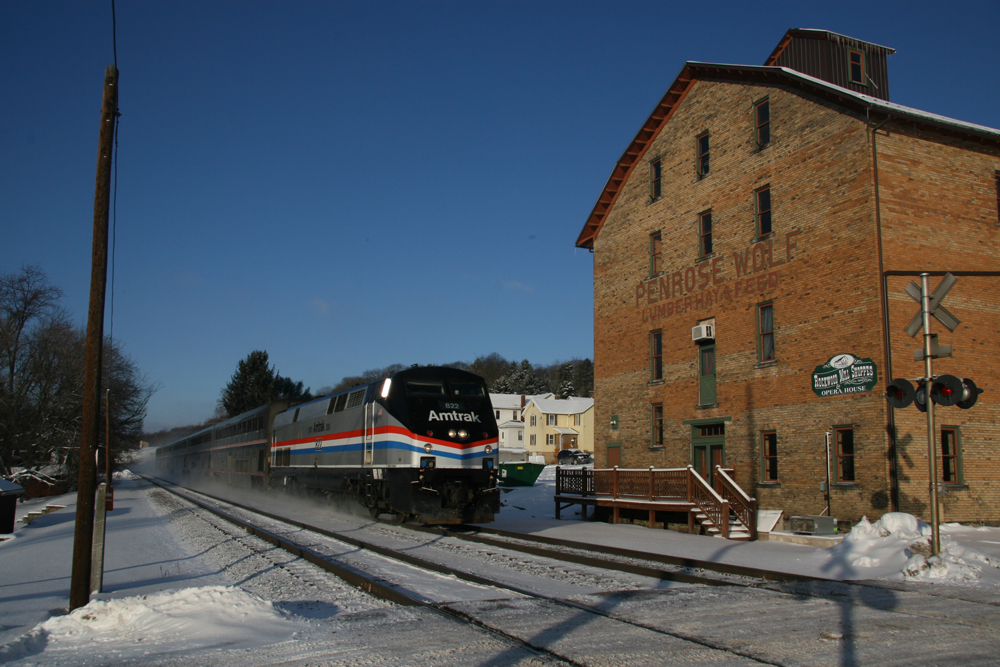
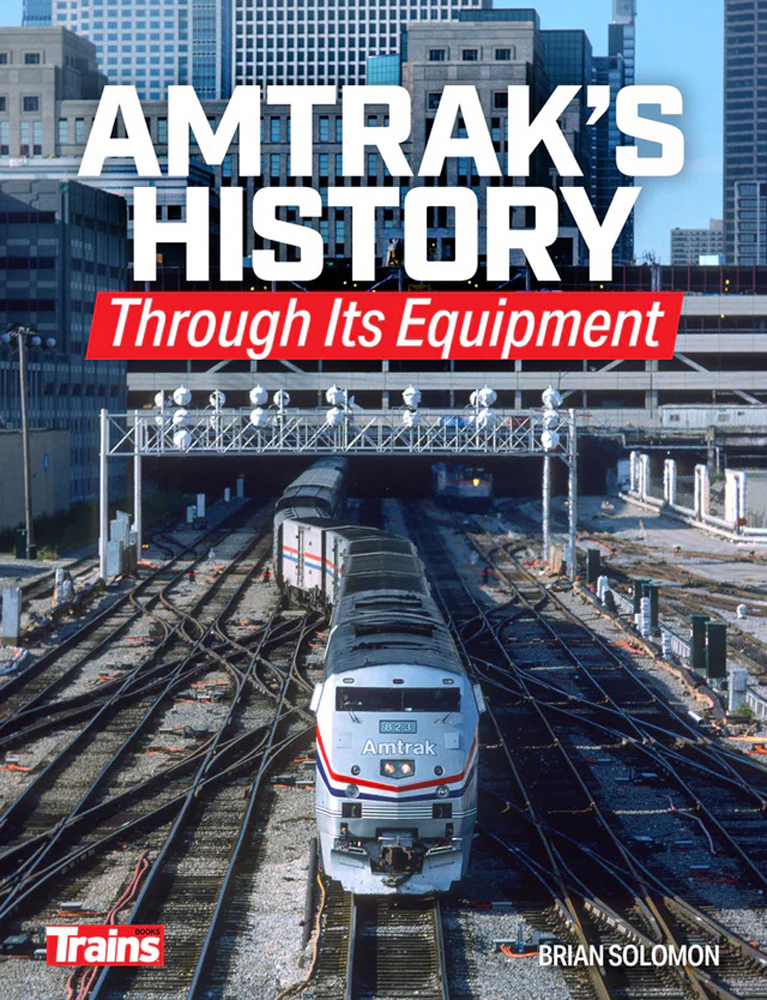
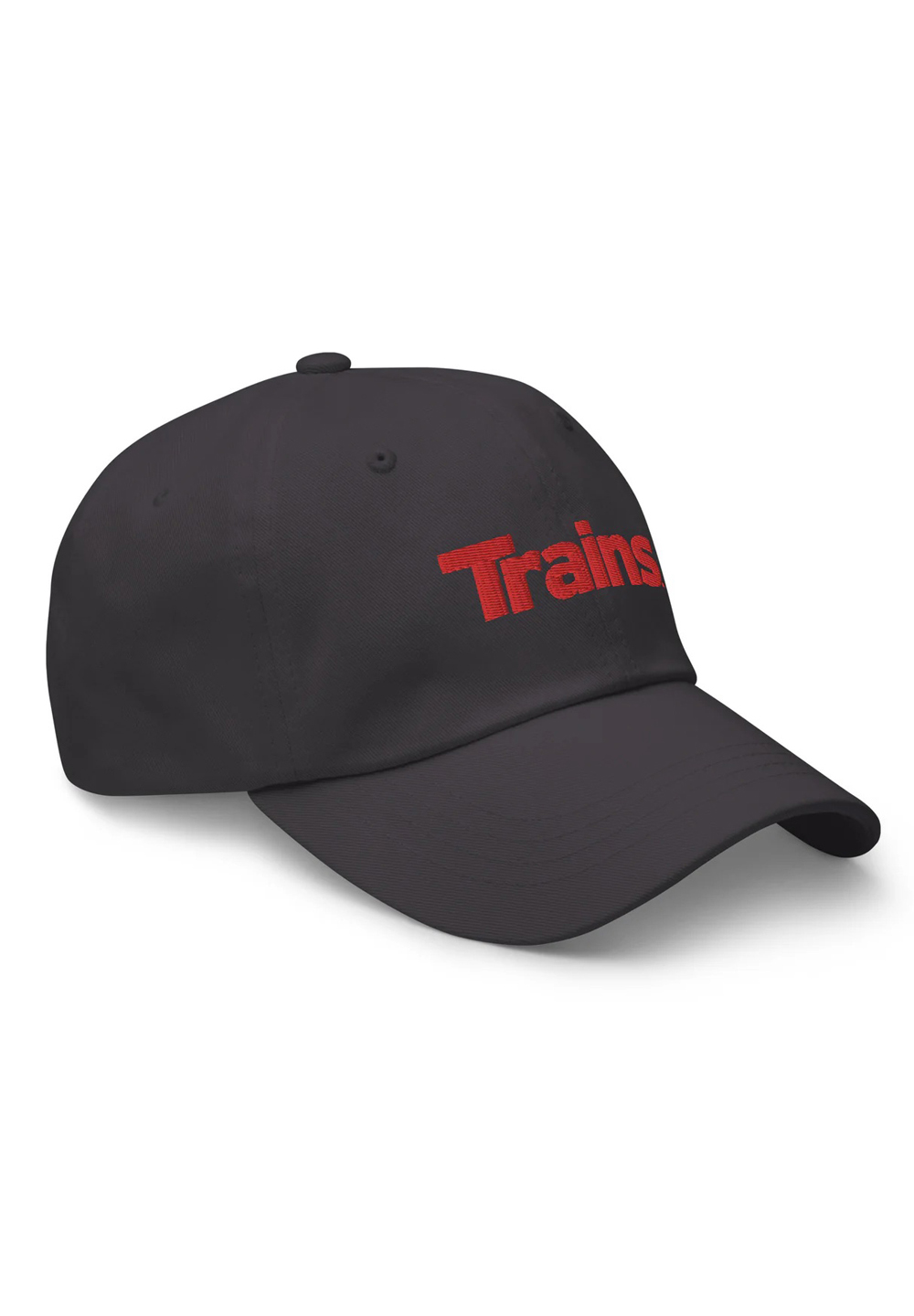
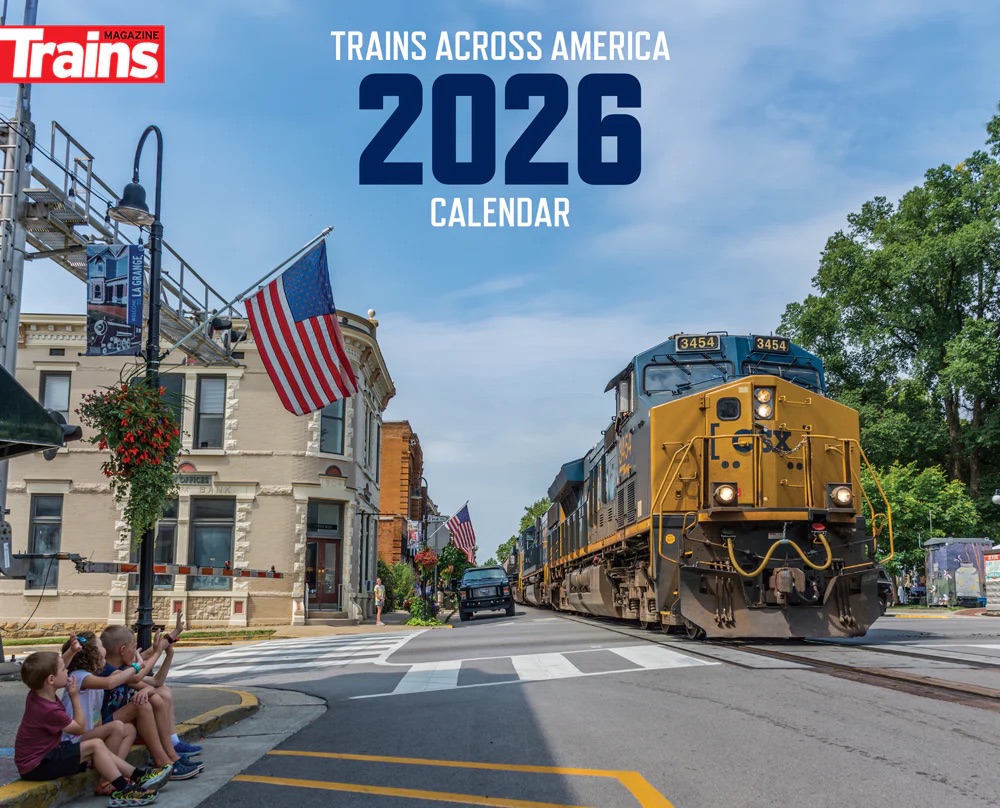
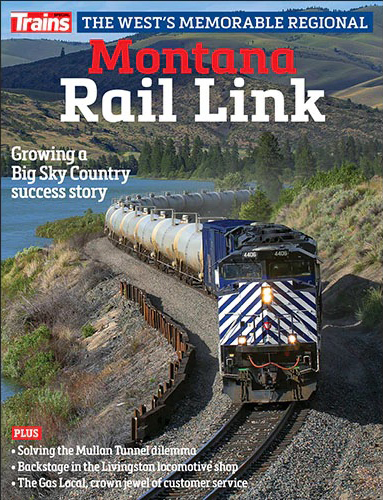
This article was loaded with Add’s if one didn’t Sign into Trains.com ! The first time I didn’t do so ! The Second time I signed into Trains. Com! Your article was great and informative! It’s been Over 30 years since I’ve been on a long Distance train! Thanks for Sharing!